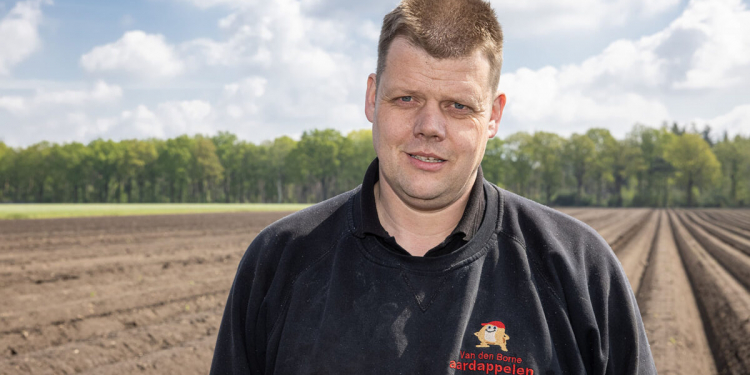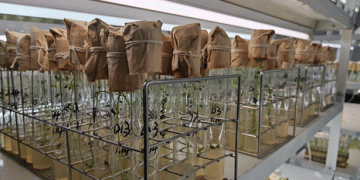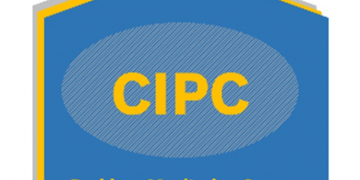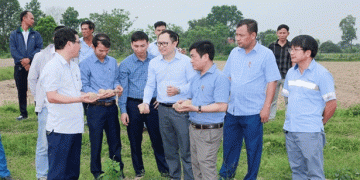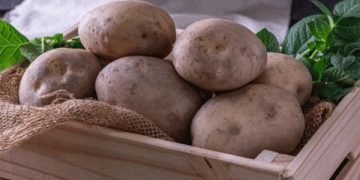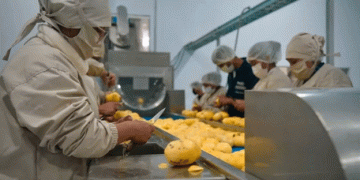Precision engineering is woven into Jacob van den Borne’s business operations. New techniques and applications will also be launched in 2022.
Jacob Van den Borne has been a pioneer and forerunner in the field of precision agriculture for many years and continues to invest in knowledge and technology. For his own company, but also increasingly as a practical knowledge institute. The company has been operating as a Practice Center for Precision Center since 2018. Last September he was allowed to receive about 600 visitors on two precision farming days organized by himself.
Farm of the Future
Since last year, the company is formally a Farm of the Future (see box). This collaboration between education, research and government is looking for cultivation systems and technologies as a solution for today’s issues, such as circular agriculture and biodiversity. This fits in seamlessly with Van den Borne’s working method and vision. But he thinks it is just as important that the lines with the authorities are becoming a lot shorter and more serious. “We experience government limitations in all kinds of promising applications.” He hopes and expects to be able to make a clear sound through his Farm of the Future.
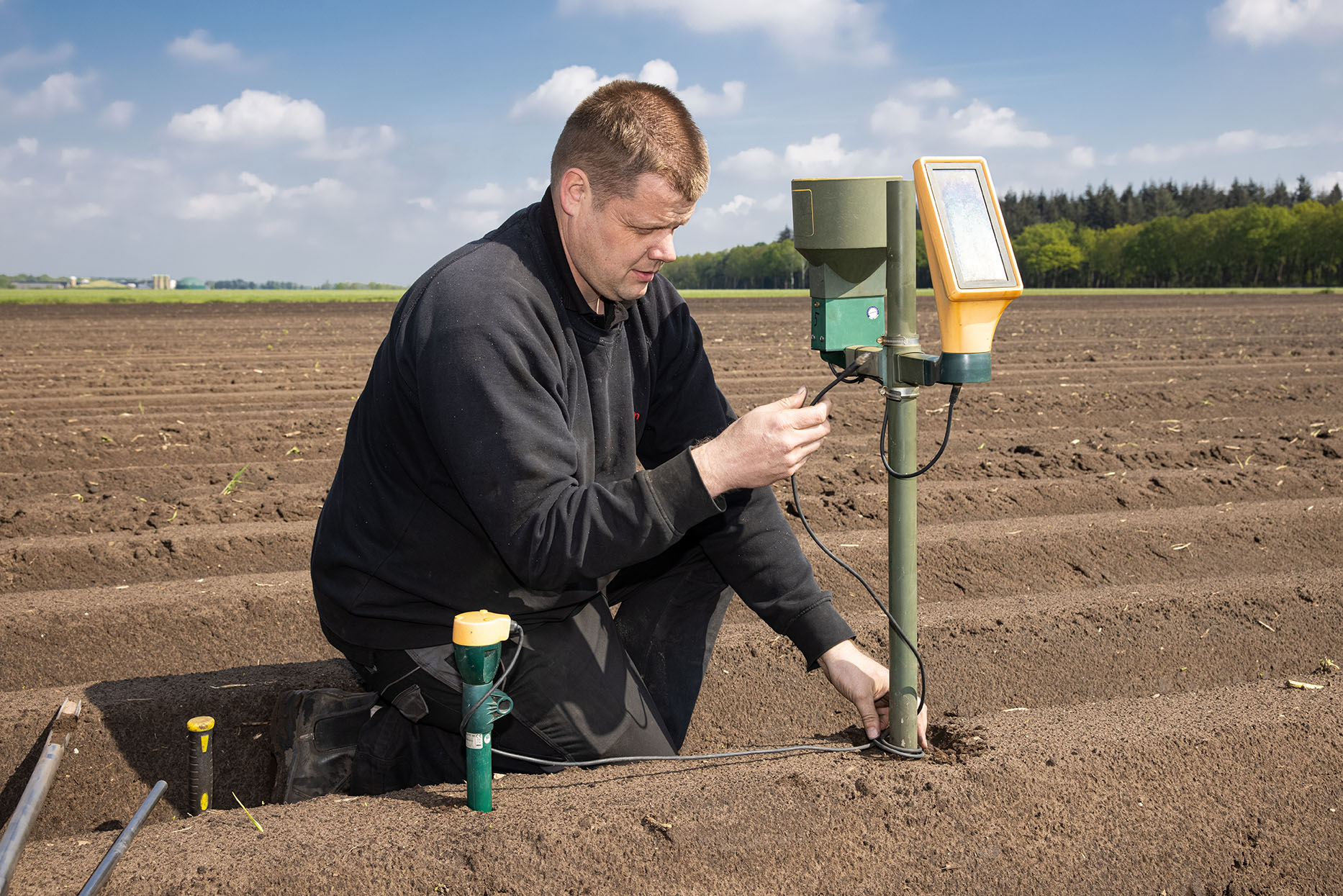
Water cannons are equipped with GPS and section control.
In line with this, he wants to start his own Precision Academy in 2022, but implementation also depends on the corona situation. For this training he uses a cycle of one year, divided into the four seasons. The basis is an e-learning module, supplemented with online webinars and practical days. Participants will work with it in groups across the country.
Autonomous flying
The company also does not stand still in the field of technical applications. In 2021, the focus was on precision irrigation, robotization, strip cultivation and the use of animal fertilisers. Those items will remain on the agenda in 2022. With regard to irrigation, the water cannons are equipped with GPS and section control from Raindancer and link with Dacom. This makes it possible to water variably on the basis of task cards. It was already scheduled for 2021, but the water cannons have not left the warehouse due to the wet course of the growing season.
He also hopes to use the AgXfeed robot tractor to gain more experience with autonomously operating machines, including digging the land. Last year, a beet field was sown with the autonomous tractor Roboti from Agrointelli, with varying degrees of success. Strip cultivation will also be continued and fits in with his aim to improve soil health with an active soil life. More irrigation paths are sown with a flower-rich mixture.
A subject that will be further investigated in 2022 is the way of collecting data: via the drone or via sensors on the implements, especially the field sprayer. Both have advantages and disadvantages. With regard to the drone, Van den Borne is experimenting with a station that makes autonomous flying and landing possible. If successful, the drone could theoretically fly 24/7 and collect a multitude of data. With the new RTK drone (Real-Time Kinematic), he probably has a drone at home that he can optimally use for ‘Drone out of the box’.
Measure size grading
An application that is increasingly taking shape is the automatic measurement of the size grading of the potatoes. Height, weight and underwater weight are important parameters for him. For this he works with the so-called Smart Grader Reader, to assess potato samples using 3D technology. This happens during the growing season as well as during sanding in and out. In total, about ten thousand samples pass through the system every year. Every cargo that arrives is given a unique number in the storage location, so that everything is known about each batch.
Not only does it provide interesting data for analysis and optimization of cultivation, but it is also very useful for supplying potatoes with appropriate specifications. Last year, Van den Borne also placed cameras on the harvester to collect more data in real time and without extra work. This camera can only measure length and sizing, but these are also the most important parameters for Van den Borne.
With all the data on the yield and quality of each cultivated square meter known, the data circle is complete; from the soil to cultivation and end product. The challenge will still be to be able to extract and further process the large amount of data from the portal, but these innovative entrepreneurs will certainly give it a spin.
Cultivation without fertilizer
The entrepreneur will also continue to use animal manure. In fact; his aim is to make potato cultivation possible without fertilizer. For this he uses, among other things, separated manure in which the solid fraction is spread in the autumn and the thin fraction in the growing season. Especially as an arable farm in an (intensive) livestock area, slurry and separate types of manure are widely available and he wants to use them optimally. From an economic and logistical point of view, but certainly also as an essential part for a healthy soil.
Last year he installed the ‘manure enrichment installation’ of the Norwegian N2 Applied. This means that thin slurry is enriched with nitrogen oxide, which is extracted from the air via an electrical system. This gives more nitrogen per kilo and a lower pH of the manure also means less loss in the form of ammonia and methane. Under current regulations, it is not possible to apply thinly enriched manure as a fertilizer substitute at the end of the growing season. Van den Borne hopes that his Farm of the Future can also place these issues higher on the agenda.
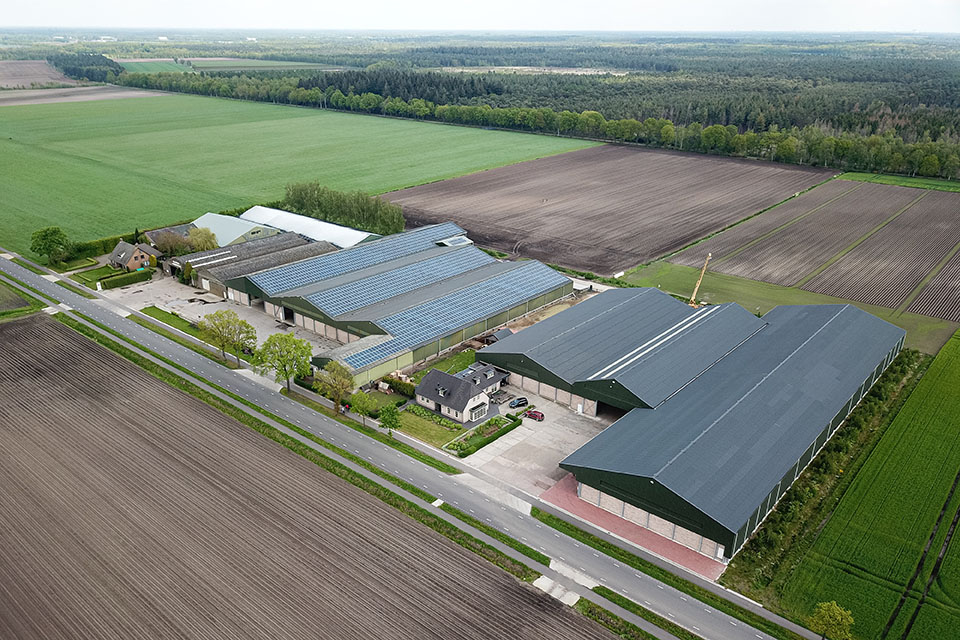
- There are two companies in the Netherlands that call themselves that. The first Farm of the Future is located in Lelystad and is owned by Wageningen University & Research (WUR). Part is the so-called Field Lab; a 25 hectare arable farm for testing and demonstrating innovations in a practical environment. Including Van den Borne, the project includes both a northern company on clay and a southern practice company on sandy soil.
The Farms of the Future will play an important role in the new approach of NPPL. In addition, a more strategic and area-oriented approach is taken to achieve goals, whereby the chain and the market are also not forgotten to make a contribution. This is in line with the advice of the Council for the Living Environment and Infrastructure (Rli), which says that the government should encourage banks, marketing cooperatives, purchasing groups of supermarkets and therefore consumers to contribute to sustainability.
NPPL 2.0 is being rolled out in two areas: in Flevoland and Southeast Brabant. Ten entrepreneurs from the same neighborhood in a specific region, such as a Natura 2000 area, will work together to find solutions to problems. Each group of growers is linked to the two Farms of the Future, so for the southern farmers to the Van den Borne company. The details will be worked out in more detail in the coming months.
